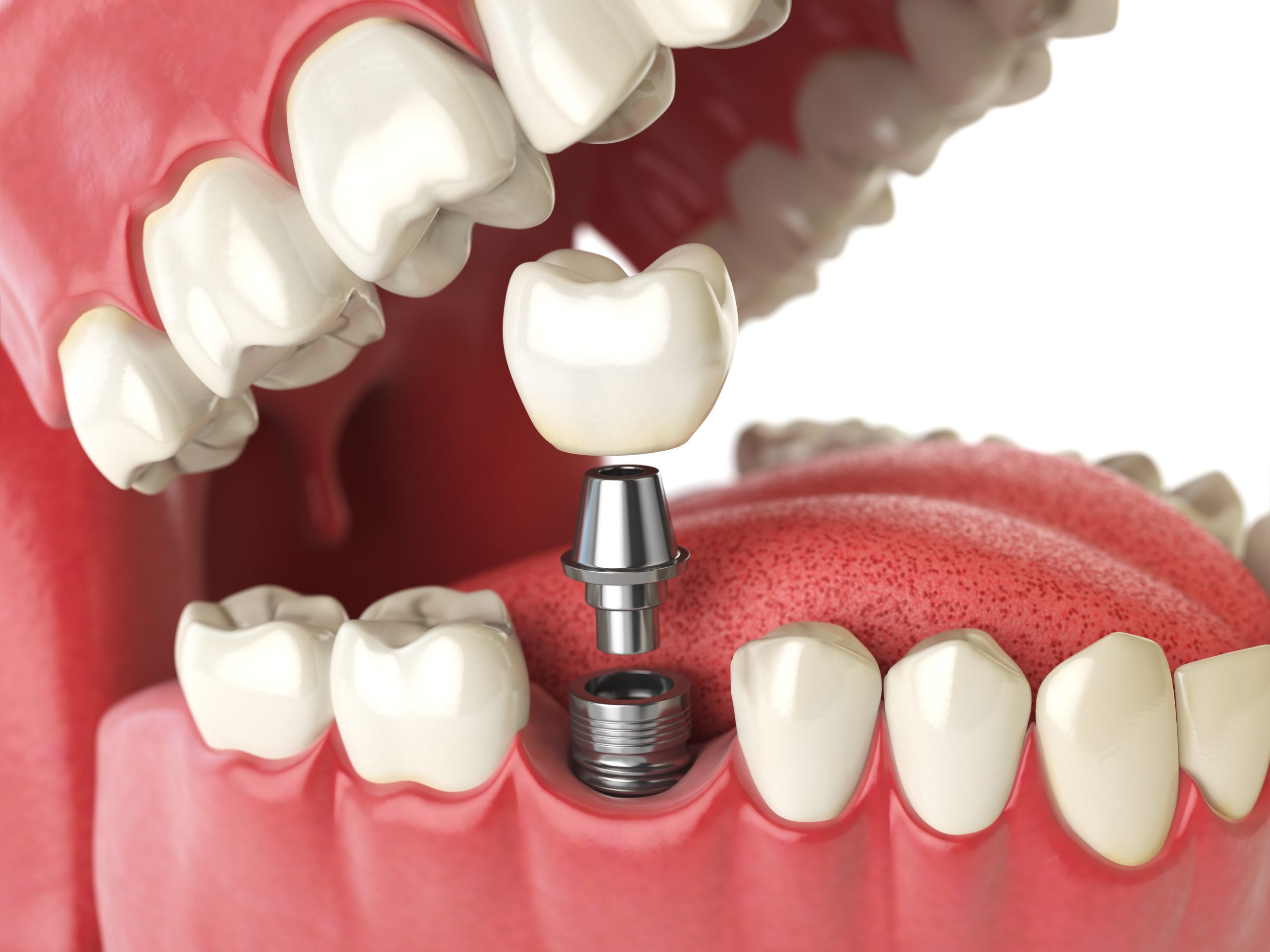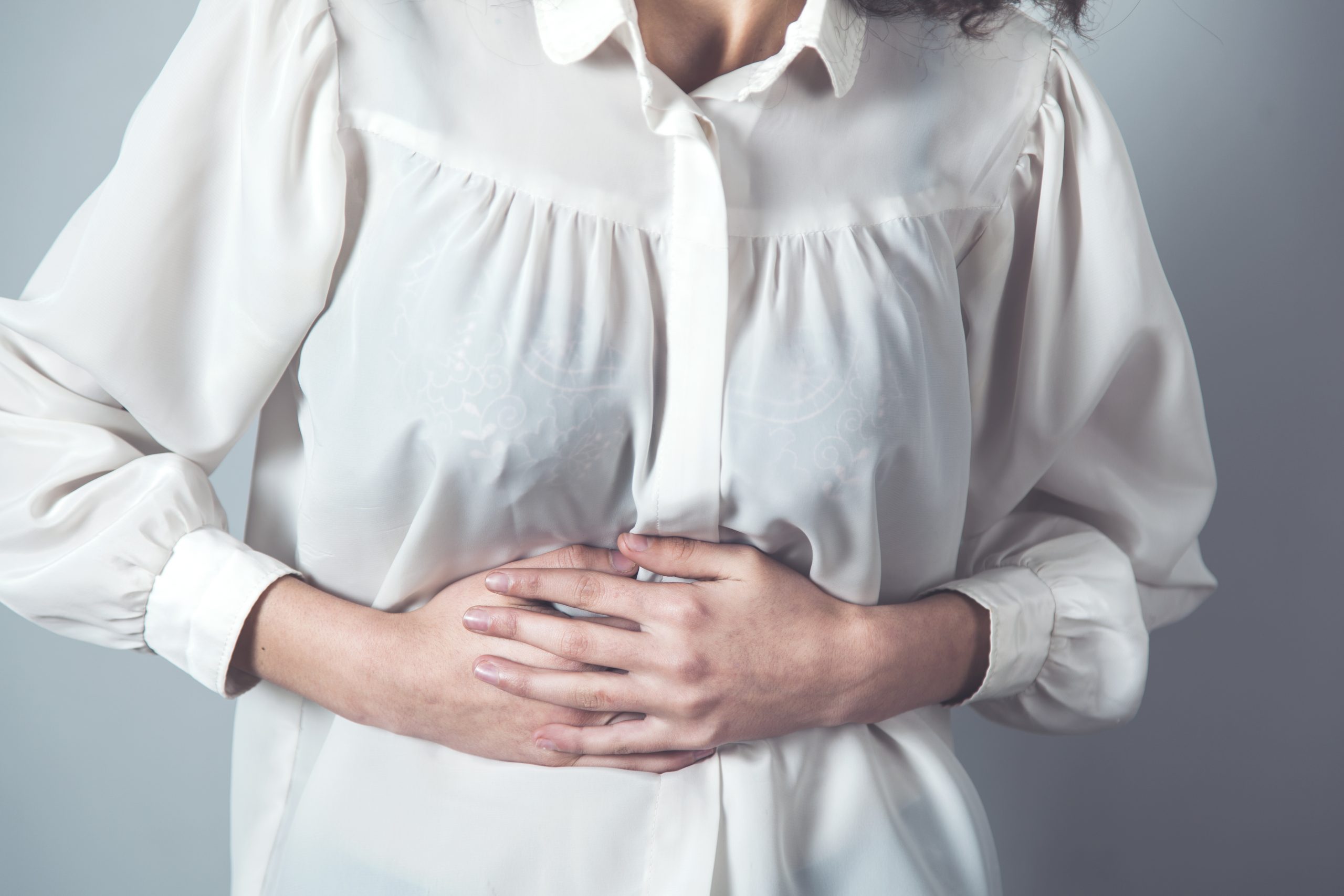Dt. Yunus Emre Uçar, Dentist at Optimed Hospital answered the questions about the implant.
 How is the implant applied?
How is the implant applied?
Before the implant procedure, we evaluate the general health status of our patients. If there is no obstacle to implant, then we examine bone adequacy by performing radiological examinations. In the case of bone deficiency, bone volume can be restored by surgical procedures. After these procedures, implant placement is performed in sterile environments under local anesthesia.
Does the patient feel any pain during the procedure?
No, the patient does not feel any pain during this procedure.
Is there a certain age limit for implant application?
Although we have a lower age limit for the implant procedure, we do not have an upper age limit. We can also achieve successful results in our very elderly patients. However, in our patients whose growth development continues, we expect the jawbone to complete its development first, since the implant does not adapt to the growth and development of the jawbone. For this, we can give an average of around 18 years old.
How long does the process take?
If proper planning has been done beforehand, 5-10 minutes is sufficient for a single implant. Of course, this may vary according to the structure of the bone and the necessary surgical procedures.
How long does the implant boil?
We can give an average value for the time of union of the implant with the bone. 3-4 months in the upper jaw and a more compact bone in the lower jaw 2-3 months will be sufficient.
What is the success rate of the implant?
The success rate of the implant may vary according to the general health status of the patient, the oral hygiene of the patient, the experience of the practicing physician and the bone structure. We can talk about success results of up to 90-95% in an implant made in accordance with the rules.
So, how should eating and drinking be after the procedure?
Within 2-3 hours after the procedure, no food should be eaten until the effect of local anesthesia wears off. Within a week following the procedure, soft and warm foods should be preferred, and very cold or very hot, spicy, racy and spicy foods should be avoided. After one week, the wound area becomes painless and our patients can continue their daily routine.



